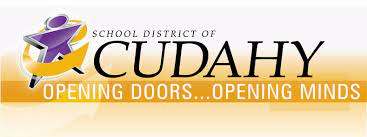Overview
When Cudahy schools reopened to in-person learning during COVID-19, leaders needed to re-think arts enrichment schedules to ensure that music and arts teachers had limited exposure to classroom pods.
Cudahy Superintendent Dr. Tina Owen-Moore described the challenge this way, "They might have been going to five different schools in a week, you know, just the way the schedules worked out or the way that the content worked out and the state's guidelines around how much music they should have in a week and how much art they should have in a week."
Approach
The district moved away from having students meet weekly with all enrichment teachers (who tended to work across several schools) to focusing on the same enrichment for three weeks at a time. These teachers would be dedicated for six weeks at each school, working with a set of grades and then rotating for the second half of the time.
This more focused duration of time allowed teachers to develop deeper relationships with students as well as provide sustained practice in the content area, producing and refining work over a longer period of time.
As district officials consider how to move forward, they are now planning to have enrichment teachers continue to work in this way. Superintendent Owen-Moore reflected, "The depth of the projects that the students were doing or the depth of the learning that the students had was so much better. Like the art, like if you see the art the students did this year, it was incredible. The music development that they were able to accomplish as well. It didn't have that start and stop so much. And so we met with the director of instructional services and myself. We've been meeting with each of the different special groups and saying, 'all right, in your utopia, what does your schedule look like? What did you learn from this year? What do you know about how students learn best?'"
This strategy is a part of TLA's Hop, Skip, Leapfrog release, which explores the concrete ways in which schools and systems pursued student-centered innovation during COVID-19. Explore the full guide to find additional strategies, insights, and resources.
